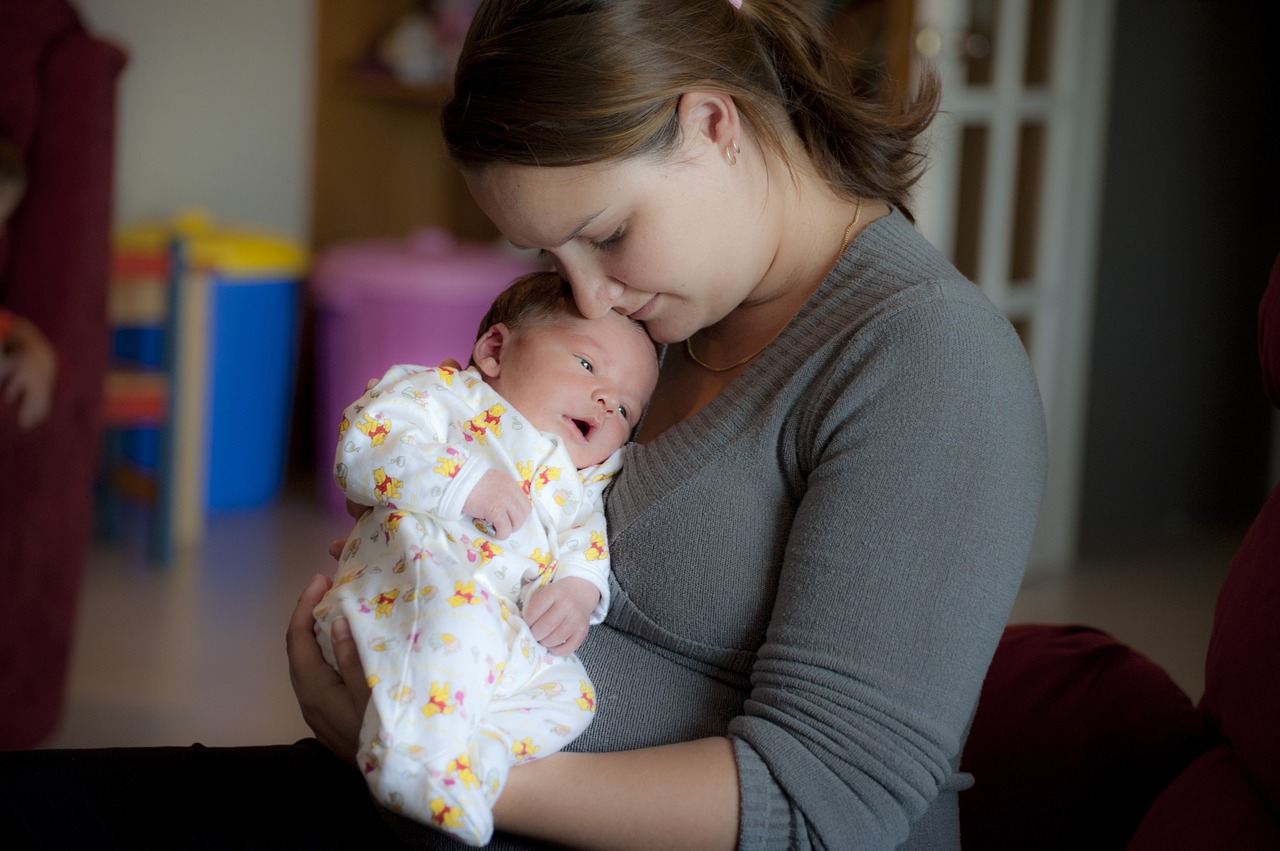
By: Kali Madej
Leaving an abusive relationship can be a complicated process. It has additional layers to it when there are children involved. When a woman flees her home for safety in a shelter or to stay with loved ones, it’s imperative that she files for custody immediately to ensure her abuser does not attempt to report her as a missing person or the child as abducted. When she arrives at a shelter or other new place of residence, she can call the police to let them know her location and that she has left an abusive relationship. Police will verify this information and the abuser will only be told she and any children are safe.
Applying for custody means applying for decision-making power on behalf of a child. Having custody allows a guardian to determine a child’s place of residence, school, medical treatments, etc. There are many kinds of custody—sole custody, joint custody, shared custody, split custody, and access. The court always makes decisions based on the best interests of the child, and generally believes the child should have as much contact as possible with both parents, though cases with abuse and violence differ greatly. The court will consider numerous factors in making custody decisions including:
- the emotional bonds between the child and each person making a custody claim
- other family members and loved ones present in a child’s life
- the child’s views and preferences
- the length of time the child has lived in a stable home environment
- ability and willingness of each custody claimant to provide guidance and education, provide essential things the child needs, and take care of any special needs the child may have
In situations of domestic violence where there is a perceived threat to the child, a woman can ask for the abuser’s access to be blocked, or for supervised access only. Supervised access means that visits would be conducted at a facility so they can be supervised by social workers. Make no mistake – even if the child is not being abused directly, witnessing intimate partner violence is a form of abuse and can affect the child long-term. A one-parent household is much healthier and safer for a child than a two-parent household with an unhealthy relationship dynamic. If access is granted to one parent, they do not have decision-making power but they do have the right to information about the child’s health, education, and general situation.
To officially apply for custody, there are forms on the Ministry of the Attorney General’s website that must be filled out—Form 8: Application, and Form 35.1: Affidavit in support of a claim. The affidavit is the opportunity to explain to the court the plan to care for the child and why it is a good one. It is best to indicate how you will be able to provide stability to your child, and the opportunity to reach their full potential. When there is an emergency situation including violence, providing as many details on the affidavit as possible is recommended along with the immediate plans – i.e. residing at a shelter temporarily before finding new housing, etc. There are two additional forms that need to be completed when asking for immediate order— Form 14: Notice of Motion, and Form 14A: Affidavit.
Under the Children’s Law Reform Act, judges need to consider if someone applying for custody or access to a child has committed violence against specific people when determining if they’re fit to be a legal guardian. The court needs to know if either parent has committed violence against:
- their spouse
- the parent of the child in your application
- any member of the household
- any child
Through dramatized television shows and movies, there is a perception that custody cases are long and drawn out. In reality, they may be solved rapidly. Taking care of the emotional health of the child must be a priority during the proceedings and as they adjust to their new surroundings. Letting the child know that they are loved and cared for and will be safe and supported in their new reality is key. If possible, providing the child with a toy or item from their former home may be beneficial. Through shelter therapy programs, children will have the opportunity to heal through art and interaction, excursions and day trips, and positive male and female role models. There are additional resources available throughout the court process such as the Child Victim/Witness program which can provide additional emotional support.
The human spirit embodies an unflappable resiliency, and children are no exception. In a healthy and stable environment, the sky is the limit when it comes to meeting and exceeding personal potential. Getting out, getting help, and getting custody lay the groundwork to a beautiful and promising new beginning for women and children alike.

